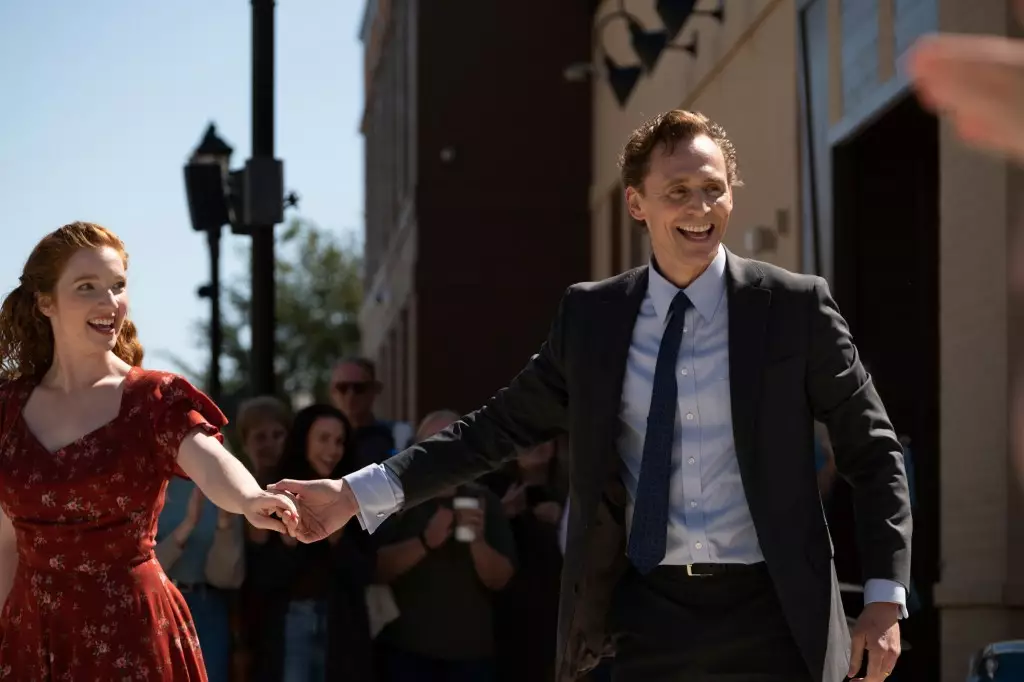In recent years, Hollywood has fallen into a predictable cycle: the lucrative resurrection of familiar franchises and brands. The latest summer season exemplifies this trend, with Universal’s Jurassic series and Warner Bros.’ Superman saga dominating box offices once again. While these successes might seem like indicators of a thriving industry, they mask a deeper malaise — a crippling creative stagnation driven by corporate greed. The industry’s obsession with safe, pre-branded content is stifling genuine innovation, reducing cinema to a mere vehicle for franchise preservation rather than a space for meaningful storytelling.
These blockbuster triumphs, often celebrated as the return of the summer’s “big event,” are in reality hollow echo chambers. They depend heavily on nostalgia and established fan bases to ensure profitability, sacrificing originality for certainty. The problem is not just that Hollywood is recycling old ideas; it’s that it is actively discouraging the kind of risk-taking that fosters true artistic progress. When the core goal is to maximize ROI through safe investments, daring narratives or experimental filmmaking become casualties. The audience, though craving fresh perspectives, is fed a steady diet of reboots and sequels that appeal to the lowest common denominator.
The Romanticized Past versus the Stark Reality
Historically, summer movies once carried a different purpose. Films like “American Graffiti,” “Dog Day Afternoon,” or “Stand By Me” arrived unexpectedly, their success not preordained but earned through storytelling daring and authenticity. These films were markers of cultural discovery, often born from the creative impulsiveness of filmmakers unshackled by studio mandates. They invited audiences to explore new ideas and perspectives, sparking conversations beyond box offices.
Contrast this with today’s landscape, where hits like “The Godfather” or “Jaws” emerged amidst uncertainty. Their behind-schedule production, over-budget setbacks, and creative improvisation contributed to their legendary status. The modern equivalent, however, has become overly scripted franchising, where studios prefer to replicate proven formulae rather than embrace the unknown. As a result, the essence of cinema—its capacity for surprise and cultural resonance—is steadily eroded.
The advent of franchise-centric blockbusters has led to repetition. Studios often launch similar stories closely together, such as “Deep Impact” and “Armageddon” in the late 1990s, illustrating how innovation has been replaced with formula. The current system discourages risk because it privileges profitability over artistic growth, leading to a stagnation that is painfully evident. Hollywood’s obsession with sameness constrains creativity, leaving audiences with little to discover beyond the safe familiarity of existing brands.
Independent Films: The Last Bastion of Authenticity?
Amidst this landscape of sameness, independent and smaller films serve as a fragile glimmer of hope. These works, often buried beneath studio-driven blockbusters, harbor the potential for genuine innovation. Films like Neon’s “Chuck” exemplify this shift — quietly produced, off-center, and willing to take artistic chances. While not massive box-office hits, such films challenge the industry’s monotonous narrative conventions.
“Chuck” is an unconventional story told backwards, defying audience expectations and rejecting Hollywood’s typical formula of high-concept spectacle. Its simple premise—a repressed accountant with a secret talent for dance—serves as a reminder that compelling stories do not need big stars or extensive special effects. Instead, they thrive on narrative nuance, character depth, and fresh storytelling approaches. These films prove that when creators are free to explore new ideas, even modest projects can resonate deeply with viewers.
However, the survival of such films depends on a diminished Hollywood system willing to embrace the unknown. Major studios remain hesitant, prioritizing guaranteed profits over the risk of genuine innovation. Consequently, audiences are given fewer opportunities to experience movies that challenge, surprise, and inspire. Instead, they are offered rehashes that reassure rather than provoke.
The Real Damage: A Culturally Dull Future
The broader consequence of Hollywood’s current approach is a cultural one. When the industry ceases to support groundbreaking storytelling, it contributes to a form of cultural stagnation. The same safe stories repeat, audience expectations become increasingly sanitized, and entertainment loses its capacity to inspire societal change or spark meaningful conversations.
This isn’t merely a matter of artistic integrity; it’s an economic reality too. The allure of franchise dominance comes with the risk of market saturation and viewer fatigue. The audience’s hunger for novelty and depth remains unmet because the system prioritizes immediate financial returns over long-term artistic vitality. Without bold, innovative storytelling, Hollywood risks losing its cultural relevance altogether, reduced to a factory churning out familiar products rather than a beacon of creative discovery.
Critically, this cycle of reliance on branded content perpetuates a misleading narrative: that guaranteed success equates to quality. It fosters a landscape where true originality becomes the exception, not the rule—a troubling sign for the future of cinematic art and cultural discourse. If Hollywood continues down this path, it will not only alienate cinephiles but also diminish its role in shaping the collective imagination.

